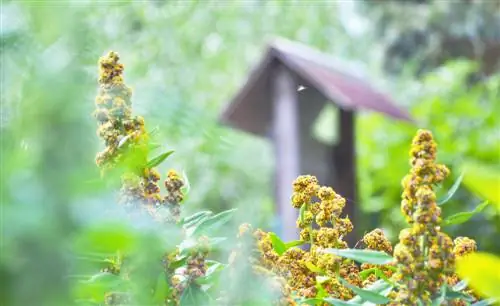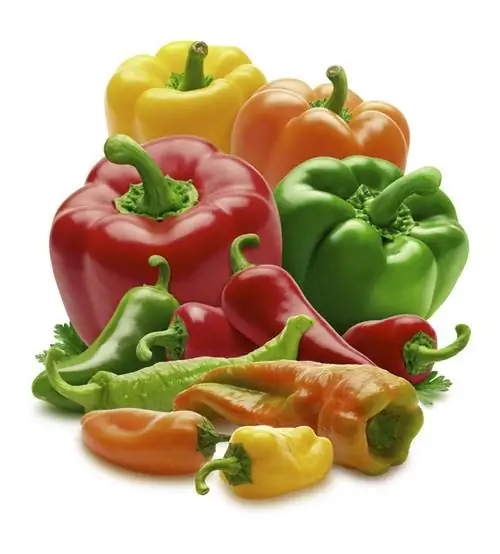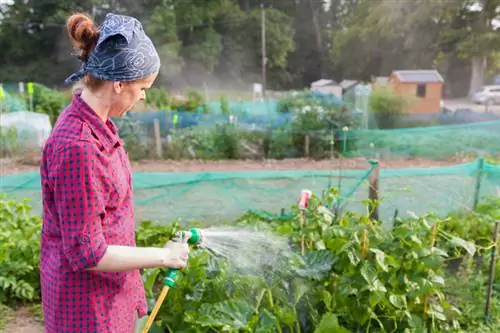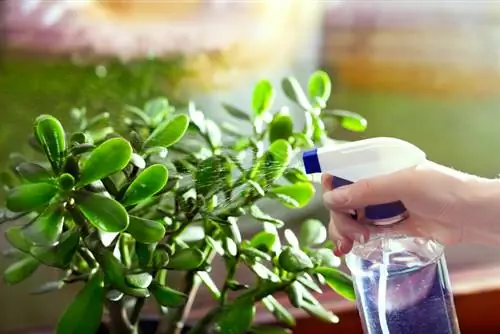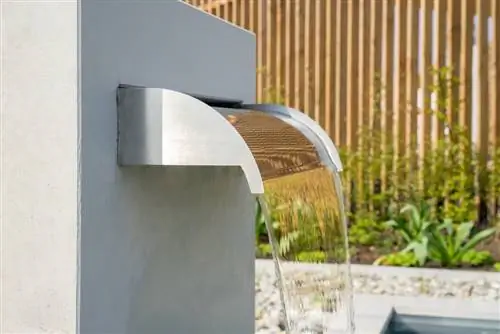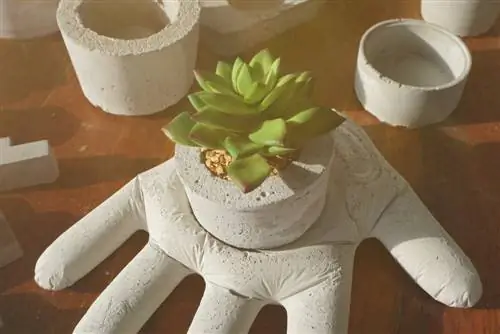- Author admin [email protected].
- Public 2023-12-16 16:46.
- Last modified 2025-01-23 11:22.
The pseudograin quinoa originally comes from South America, where it served as a staple food for the Native Americans over five thousand years ago. Quinoa is delicious, he althy and very undemanding as a plant. Therefore, quinoa can easily be grown in your own garden. Find out here how to grow quinoa successfully.
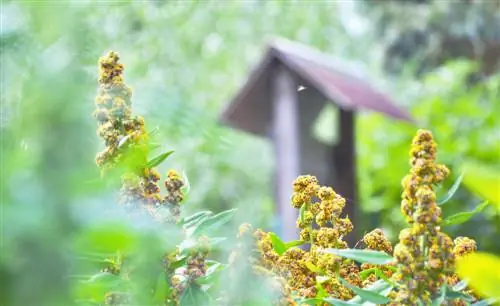
How do you successfully grow quinoa in your own garden?
The best way to grow quinoa in your own garden is to sow organic, unpopped quinoa seeds in full sun, nutrient-poor and well-drained soil in mid/late April. The sowing depth is 2 cm and the planting distance is 15 cm. The plants require little water and fertilizer and should be regularly removed from weeds.
Sowing quinoa
The key details for sowing:
- Sowing time: mid/end of April
- Location: full sun, nutrient-poor, permeable soil, weed-free
- Sowing depth: 2cm
- Planting distance: 15cm
Where do I get the seeds for my quinoa cultivation?
You can use organic, unpopped quinoa seeds for growing in the garden. Most of the time the seeds germinate without any problems. Here you can find out how to germinate your seeds and ensure that they are suitable as seeds. “Real” quinoa seeds are currently still rare, but you can find varieties specialized for cultivation in Germany in selected online stores.: There are “climate-adapted” varieties that survive rainy summers well.
When is the best time to sow seeds?
Quinoa is cold-resistant, but should only be sown when frosts are no longer expected. The ideal time is therefore mid/end of April.
Where does quinoa grow best?
Quinoa originally comes from the Andes, where it grows at an altitude of up to 4500 meters. The Andean grain also tolerates the German climate well, especially in northern Germany. Quinoa grows best in fine soil with a low nutrient content. It should not be planted after legumes that enrich the soil with nitrogen. Instead, the Andean grain is suitable as a follow-on crop from heavy consumers such as potatoes or corn. Quinoa should be placed in full sun if possible.
Tip
Quinoa grows up to one and a half meters high. This means that the plants cast significant shadows and deprive smaller plants of light. Keep this in mind when growing in your vegetable patch.
How to proceed with cultivation
Before sowing, the soil must be prepared:
- Loosen the soil thoroughly and remove weeds and large stones.
- Do not add compost or fertilizer to the soil!
- Spread the sowing rows with a row spacing of 30 to 50cm
- Place the seeds 2cm deep in the soil and maintain a planting distance of 15cm.
- Cover the seeds with soil and water them.
Excursus
Undemanding grain with a hook
While quinoa requires few nutrients and can cope wonderfully with drought and even cold, the Inca grain tolerates waterlogging very poorly. Strong weed growth also causes problems for him. Therefore, the soil should be loose and permeable so that rain and irrigation water can drain away easily and weeds should be pulled regularly. Even though mulch prevents weed growth, the moisture in the soil is increased, which is why mulching is not recommended for quinoa.
Caring for quinoa in the garden
Quinoa only needs a little water. Therefore, only water if it has not rained for several days. You should avoid fertilizer altogether. Your only job in caring for your quinoa plants is regular weed pulling. The harvest is also a bit tricky. Find out more here.
You can find out more about quinoa cultivation in Germany here:


